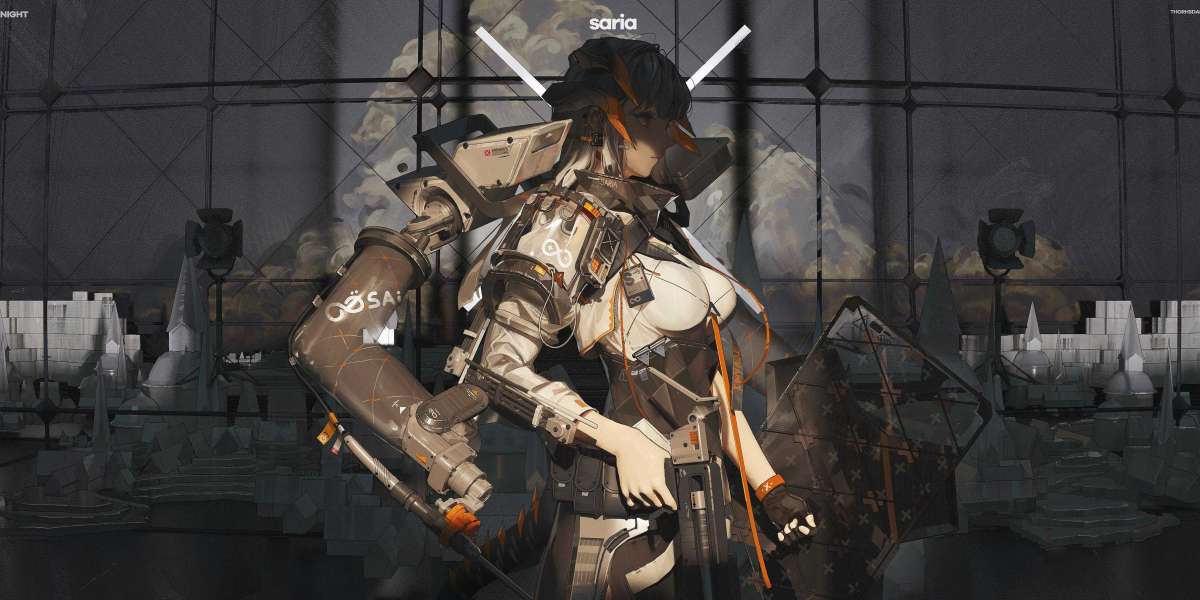Understanding the Technology Behind Night Vision
What do you know about what is the difference between night vision and thermal scopes?.Exploring the technology behind night vision scopes reveals a fascinating world of infrared light amplification. These devices work by capturing ambient light, such as moonlight or starlight, and converting it into visible images. The intensifier tube within a night vision scope boosts the available light, allowing users to see in low-light conditions.
Exploring the Technology Behind Thermal Scopes
Thermal scopes, on the other hand, operate based on heat signatures emitted by objects. By detecting temperature differences, thermal scopes create images that are independent of light conditions. This technology is particularly useful for detecting living beings or objects that emit heat, even in complete darkness.
The Key Differences Between Night Vision and Thermal Scopes
While both night vision and thermal scopes serve the purpose of enhancing visibility in low-light conditions, they do so through different mechanisms. Night vision relies on ambient light, making it ideal for situations where some light is present. In contrast, thermal scopes detect heat signatures, making them effective in total darkness or when visibility is obstructed by smoke, fog, or foliage.
Applications in Various Industries
Exploring the technology behind night vision and thermal scopes in industries such as law enforcement, hunting, and search and rescue operations showcases the versatility of these devices. Law enforcement agencies use night vision scopes for surveillance and reconnaissance, while thermal scopes aid in tracking suspects or locating missing persons based on their body heat signatures. Hunters benefit from both technologies for spotting game in different lighting conditions, while search and rescue teams rely on thermal scopes to locate individuals in distress, even in challenging environments.








